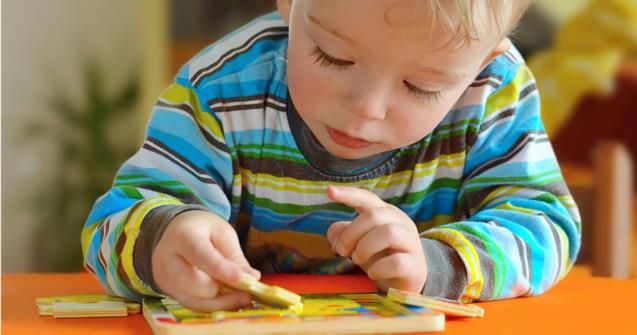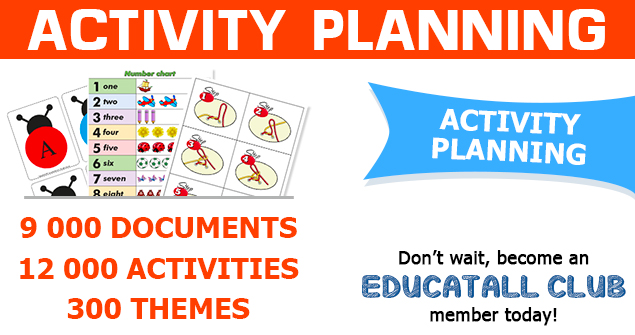
Why puzzles are toy chest essentials
Have you ever seen a child who doesn't enjoy puzzles? Puzzles have been a part of toy chests for generations. For some, they represent a passion. Some never outgrow this passion. That's why adult puzzles with thousands of tiny pieces exist.
I have always loved puzzles and my children seem to have inherited my appreciation. I am sure I voluntarily influenced them by buying puzzles of all kinds, including those with scenes involving their favorite characters.
Puzzles are excellent "collaborators" in terms of stimulating childhood development. In fact, they are even listed among the abilities children must acquire during preschool years. Here is a summary of childhood development relating to puzzles.
Before 2 years of age, children experiment a lot through trial and error. They can successfully embed single pieces, for example large wooden pieces.
Around their second birthday, children can complete puzzles containing approximately 4 pieces. However, the puzzle pieces must be quite large and thick so they are easy to grasp, since children are still developing this ability at this age.
Around three years of age, children can embed 6-10 pieces whereas, around four years old, they will be successful with puzzles involving 10-15 pieces. At this age, more complex puzzles, for example those with cardboard pieces, can be introduced. Once you feel children are comfortable, you can slowly begin offering puzzles containing a greater number of pieces adapted to their capacities and interests.
Children's capacities will affect the rate at which they acquire the ability to embed puzzle pieces. The number of opportunities they are given to experiment with puzzles will also play an important role. Basically, puzzles should be available as often as possible to give them the chance to practice.
There are many benefits associated with puzzles. The following list includes the main ones.
- Puzzles help children develop their ability to concentrate and focus.
- They improve children's spatial organization.
- Puzzles foster hand-eye coordination.
- They increase children's observation skills.
- They provide children with the opportunity to practice playing alone.
- Puzzles represent a calm activity that children enjoy.
- They help develop children's patience.
Now, how can you help children take advantage of these benefits? Your role is very important. Since the goal is for children to enjoy puzzles, you must avoid offering puzzles that are too difficult. We want them to succeed. You can:
- Set the puzzle pieces in front of them in the right direction, so they don't have to turn them.
- Verbally guide children using simple instructions.
- Take turns placing a puzzle piece.
- Present a few strategies, a plan that will help them succeed more easily.
For additional practice, you can create homemade puzzles. There are many possibilities.
- You can use children's drawings and simply cut them into pieces.
- You may organize a treasure hunt by hiding the pieces of a puzzle throughout the daycare.
- You can also use different pictures or illustrations, for example a cereal box.
- You can trace the contour of each puzzle piece on a large piece of paper and have fun setting each piece on the corresponding outline.
- You may number the pieces to help children place them in the correct order.
Have fun!

 Home
Home Theme activities
Theme activities
 Babies and toddlers
Babies and toddlers
 Arts and crafts
Arts and crafts
 Science
Science
 Creative recipes
Creative recipes
 Tips and tricks
Tips and tricks
 Special needs
Special needs
 Extra activities
Extra activities
 Educ-TV
Educ-TV
 Newsletter
Newsletter  Online store
Online store Educatall club
Educatall club

